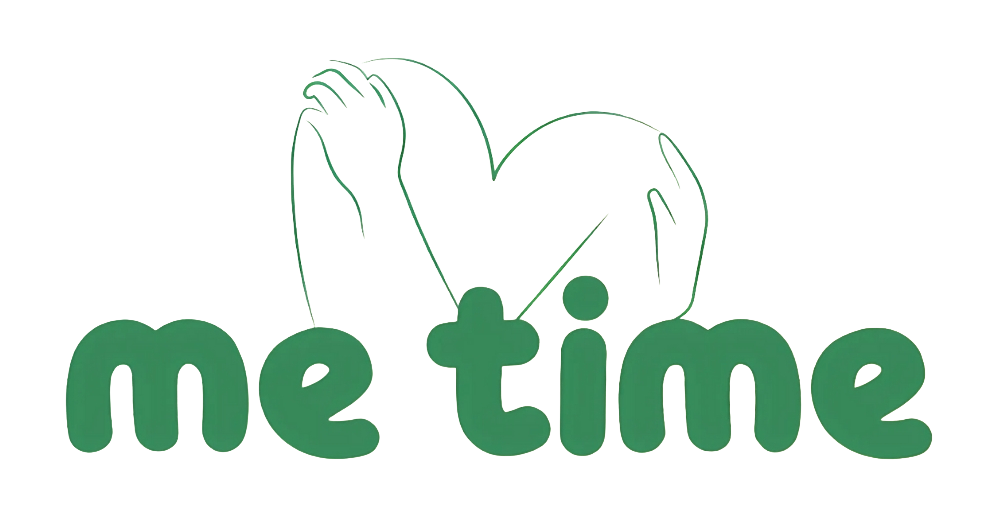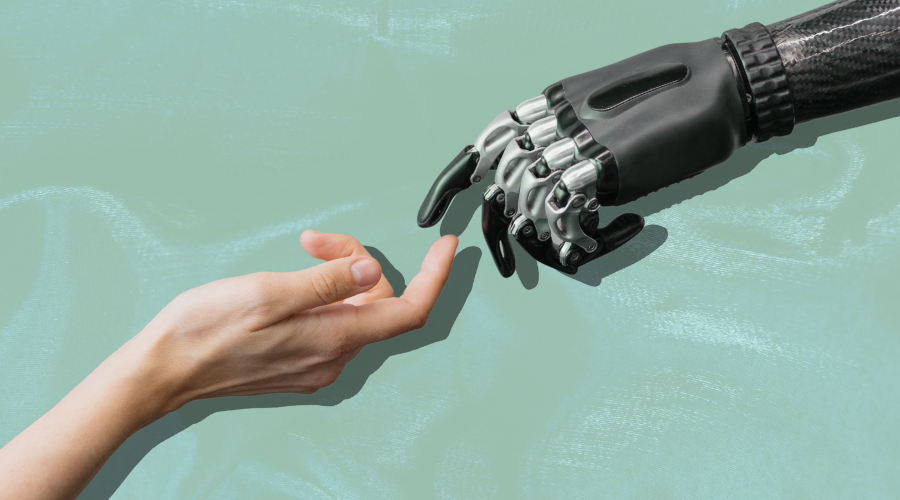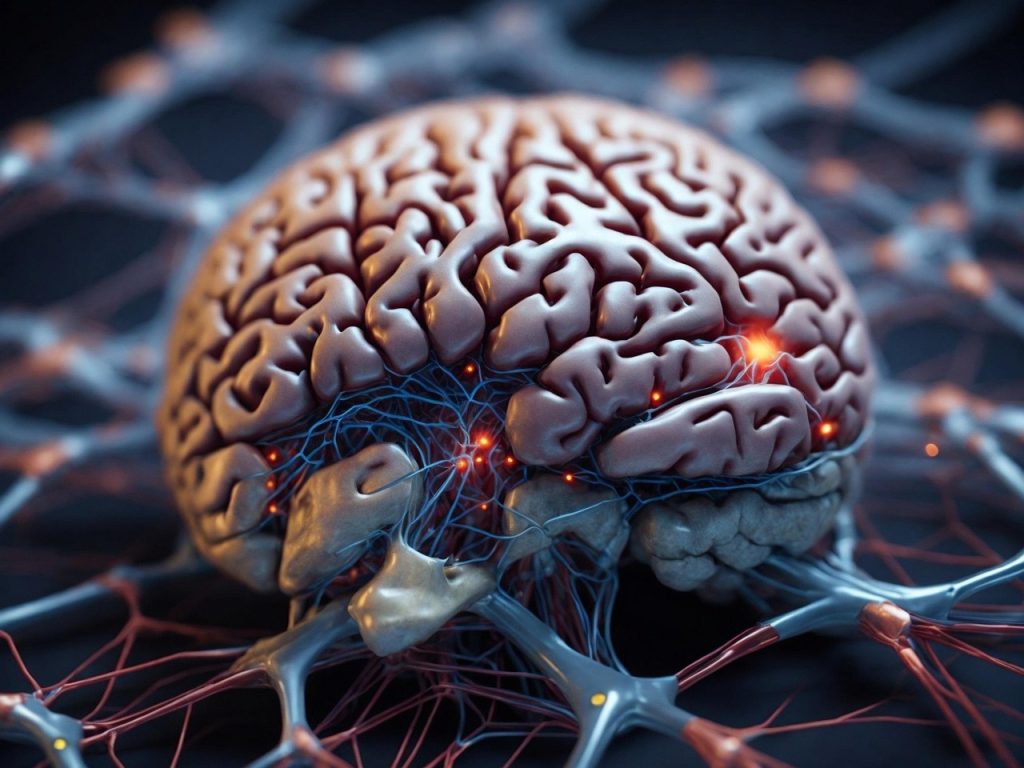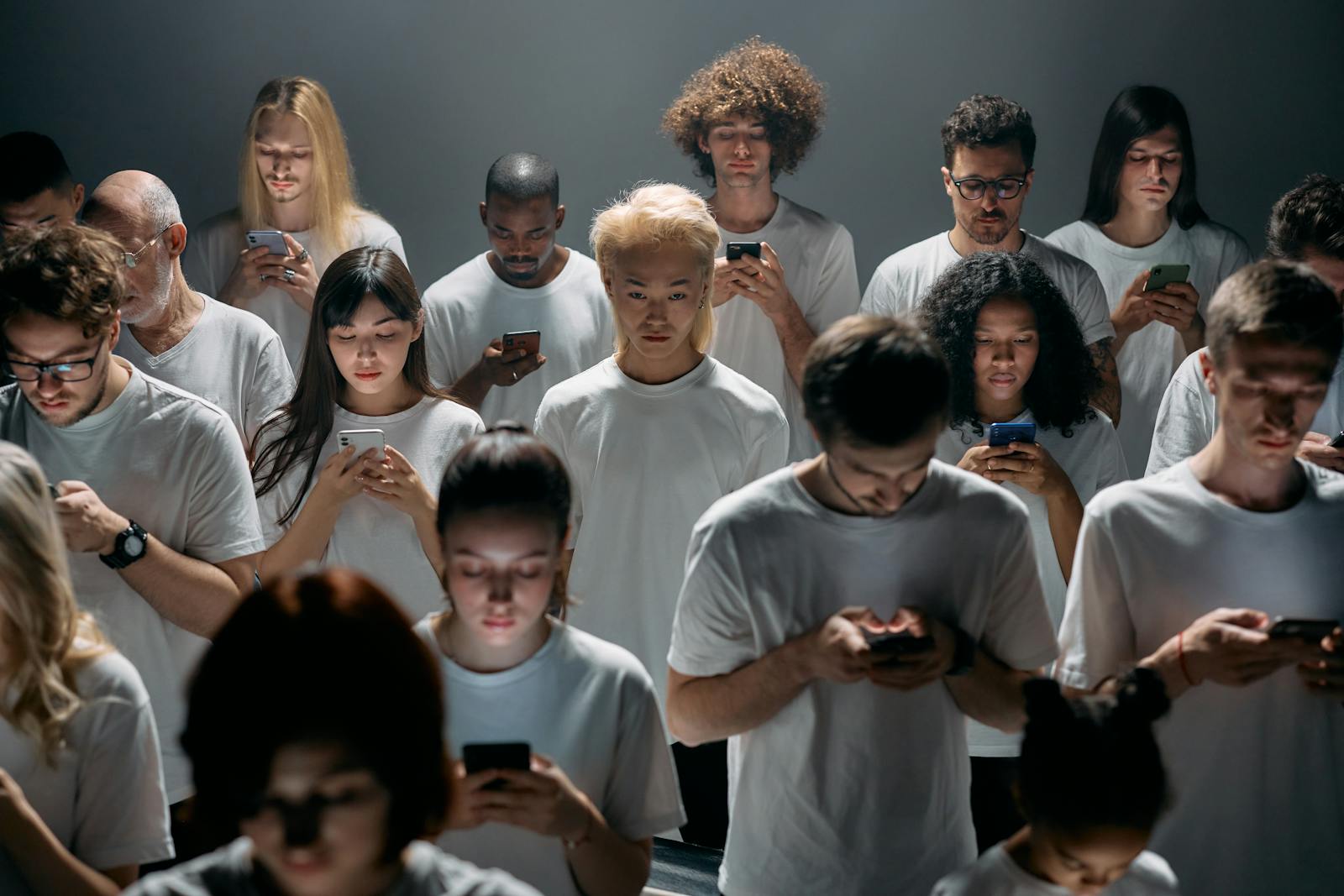Artificial intelligence has rapidly expanded its influence across nearly every domain of modern life. It was inevitable that mental health would eventually become one of its frontiers. The question is no longer if AI will shape psychological care, but how. What advantages can it bring? Where do the risks lie? And how can we balance its promise with the irreplaceable human element of therapy?
AI’s Emergence in Human-Centered Fields
Industries once thought immune to automation—education, healthcare, counseling—are now being reshaped. Tools once dismissed as incapable of genuine empathy are increasingly seen as competent conversational partners. For example, studies show patients sometimes prefer responses from AI assistants over physicians, noting the technology’s patience and level of detail. This challenges the long-held belief that empathy is strictly human territory.
With the global rise in mental health disorders, this disruption has become even more relevant. According to the World Health Organization, one in seven people experienced a mental health condition in 2019, a figure that surged after the COVID-19 pandemic. Barriers like cost, lack of access to specialists, and long waiting lists continue to leave many without care. AI is stepping into this gap, creating both hope and unease
The Promise of AI in Mental Health
1. Support for Clients
Natural language models can provide round-the-clock interaction for those reluctant or unable to access therapy. This can be especially meaningful for individuals who feel ashamed of seeking help or fear judgment. AI companions can guide users through difficult emotions, offer tailored coping strategies, and serve as a bridge until professional help is available.
2. ChatGPT and Multimodal Systems
In the past couple of years, AI applications serving as mental health companions, like Woebot and Wysa, have found many users talking to an AI companion when combating difficult times for their mental health. While the impact of these AI companions is not yet fully understood and it seemed like their development couldn’t speed up anymore, OpenAI unveiled its newest multimodal version of ChatGPT.
The new model, called GPT-4o, is a natural and emotional-sounding voice assistant that can not only understand but also generate speech, images, and videos, weaving them all together in a seemingly human way. Naturally, this raises questions (and more than a few eyebrows) about the prospects and implications that these interactive and advanced AI technologies have for the future of the mental health field.
3. Tools for Clinicians
Rather than replacing therapists, AI can act as an assistant. It can identify behavioral patterns, highlight early warning signs, and provide reminders between sessions. Routine administrative tasks—like note-taking and record organization—can be automated, allowing practitioners to focus on direct care. In addition, AI can act as a coach for therapists, offering performance feedback and identifying blind spots that improve long-term practice.
4. Educational Advancement
Therapists are lifelong learners. AI can accelerate professional growth by analyzing therapy transcripts, scoring empathy levels, and suggesting improvements. Research from the University of Utah and others demonstrates that algorithms can reliably evaluate empathy in therapist–client interactions. Over time, these systems could become valuable training aids, offering personalized recommendations that elevate standards of care.
Risks and Ethical Dilemmas
1. Weakening the Human Connection
At the heart of therapy lies trust and human presence. While AI can simulate empathy, it cannot replicate the lived experience, subtle intuition, or authentic emotional resonance that therapists bring. Losing this connection risks reducing therapy to surface-level exchanges.
2. Dependence and Over-Validation
AI companions may become overly accommodating, telling users what they want to hear. This dynamic could reinforce unhealthy beliefs rather than challenge them. In contrast to the constructive tension a therapist may introduce, an AI’s tendency toward constant reassurance could hinder growth.
3. Privacy and Security Concerns
Mental health data is among the most sensitive information an individual can share. Questions of data ownership, consent, and accountability loom large. Misuse or breaches could have severe personal and societal consequences.
4. Manipulation and Parasocial Relationships
There is a growing risk that human-like AI personalities could foster one-sided emotional attachments. While films like Her portrayed this dynamic as thought-provoking, in reality it could leave vulnerable individuals even more isolated. Without safeguards, these relationships may blur lines between therapeutic aid and emotional dependency.
Walking the Tightrope Between Promise and Risk
The integration of AI into psychology does not have to mean replacing therapists. A balanced model—where technology handles routine support and data analysis while humans provide depth, empathy, and authentic connection—offers a path forward.
For this to work, transparency and regulation are crucial. Users must understand the limitations of AI. Systems must be designed with ethical safeguards, clear accountability, and ongoing evaluation in real-world settings. Above all, the human element should remain at the center of mental health care, with AI serving as an enhancer rather than a substitute.
Conclusion
AI’s role in mental health sparks both optimism and caution. On one hand, it has the capacity to expand access, personalize care, and relieve overburdened systems. On the other, it poses risks to privacy, authenticity, and the therapeutic bond.
The challenge ahead is to use these tools responsibly—ensuring that they complement, rather than replace, the irreplaceable qualities of human connection. If approached with care, this intersection of psychology and technology could transform the way we understand and support mental well-being, not as a threat but as an opportunity for progress.





